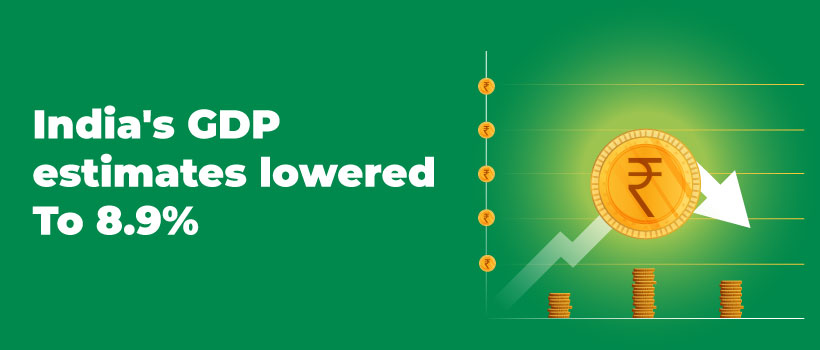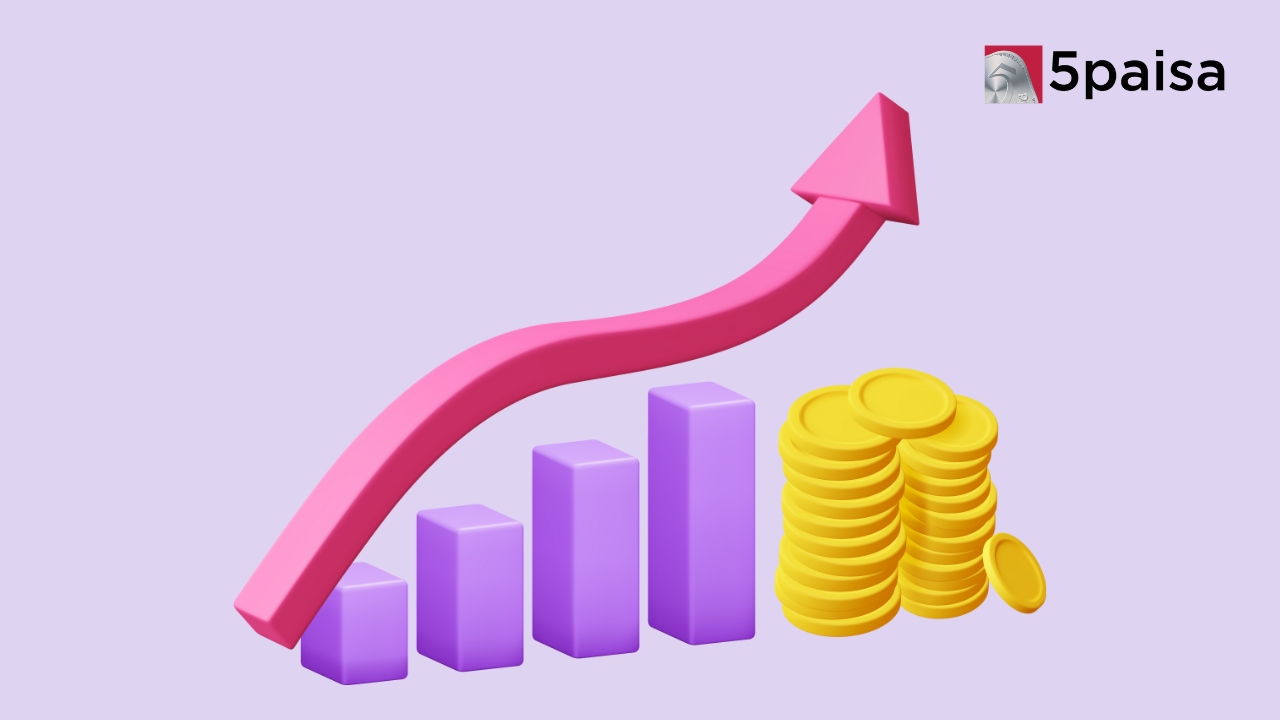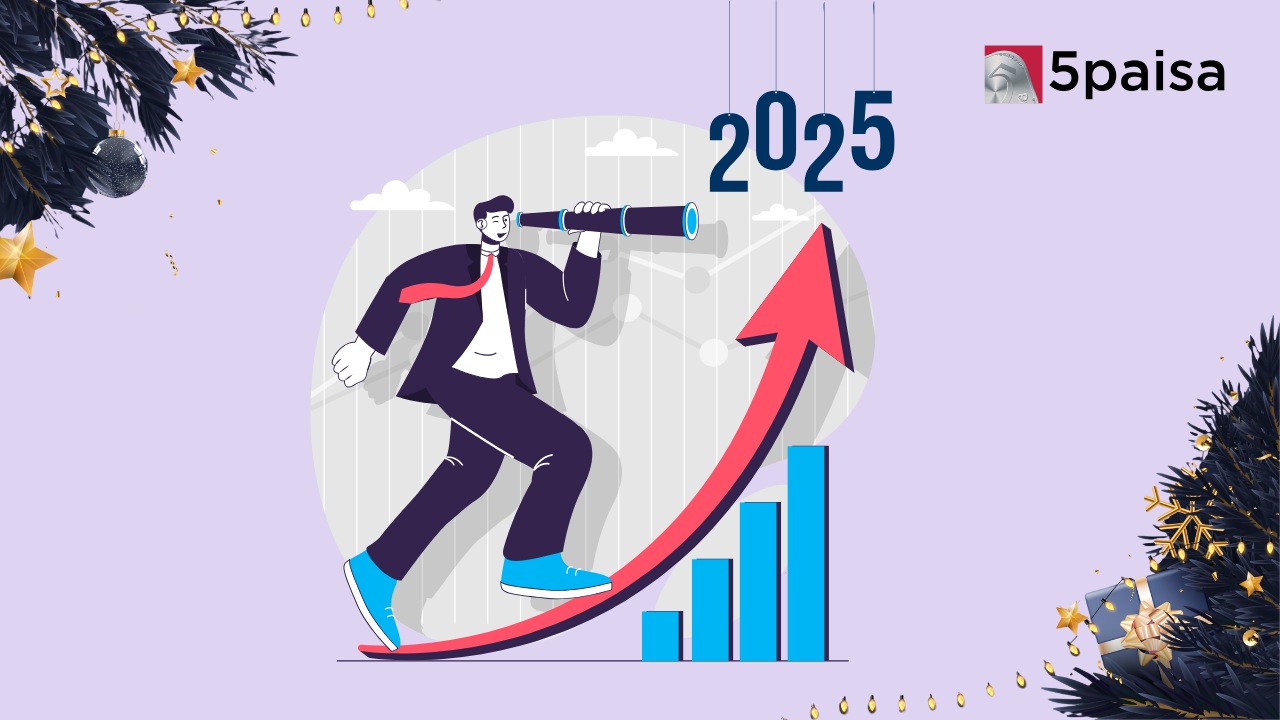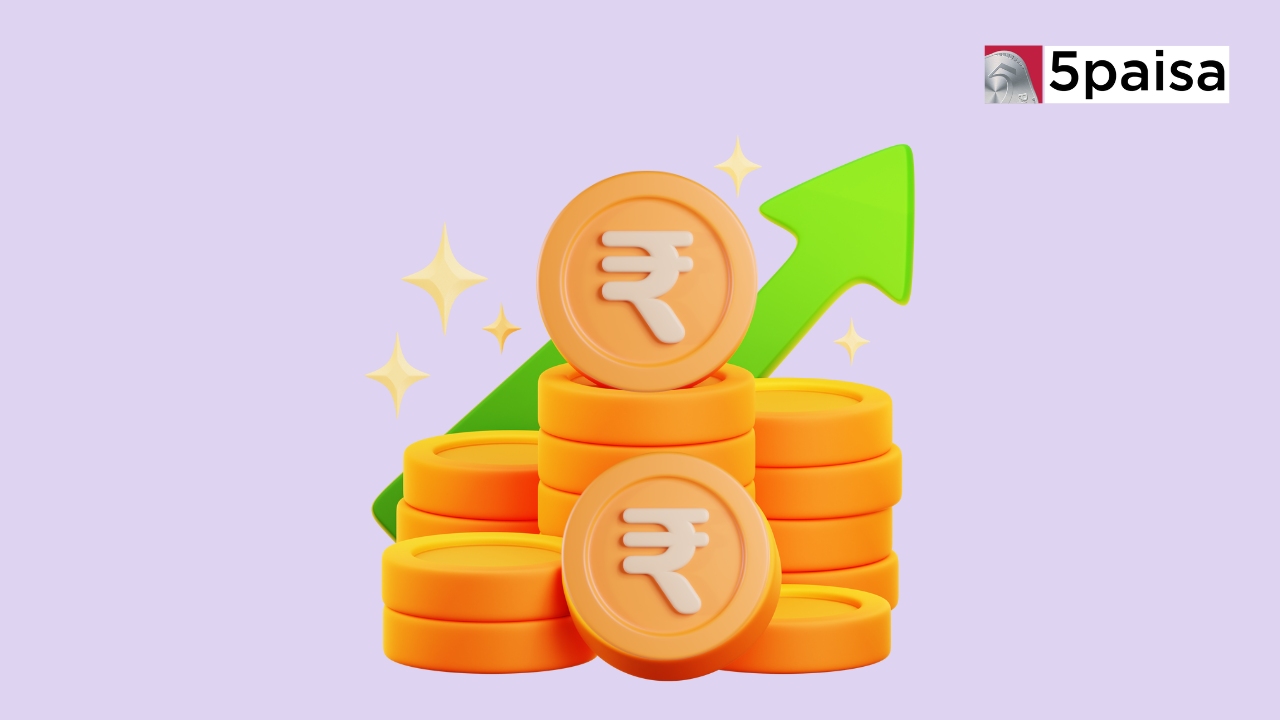Second AE lowers FY22 GDP estimates to 8.9%

Last Updated: 8th August 2022 - 07:02 pm
The National Statistical Office (NSO) normally releases two advance estimates of full year GDP each year and then released the full year GDP numbers on the last day of May. This year, on 07th January the NSO had released the first advance estimates (AE) of full year GDP for FY22 pegging it at 9.2%. On 28th February, the second advance estimates (AE) of full year GDP for FY22 was released pegging growth 30 basis points lower at 8.9%.
As of date, the NSO has already announced GDP growth figures for the first 3 quarters. The GDP growth came in at 20.5% in Q1, 8.5% for Q2 and 5.4% for Q3. These are quarterly GDP growth numbers reported in annualized growth terms. The final GDP estimate will be released along with the Q4 GDP estimate on 31st May. However, there are apprehensions that the Q4 GDP growth could be much lower and could pull down full year GDP for FY22.
The second AE estimate of full year GDP at 8.9% has considered the growth in the first 3 quarters and has also partially adjusted for the impact of Omicron variant and higher crude oil prices. For the fourth quarter, the real worries are likely to stem from Brent Crude at above $110/bbl, a weak rupee, intense commodity inflation, hawkish bond yields and the possibility of supply chain constraints created by the ongoing Russia-Ukraine war.
What factors will drive growth in FY22 GDP
While the NSO puts out advance estimates (AE) for the full year GDP, it also provides fairly incisive analysis about the components that go into the GDP growth for the full year. For instance, the GDP is likely to grow to Rs148 trillion in FY22 based on the estimates of the second AE. Since, the YoY growth can still have a good deal of base effect due to COVID, let us look at the components of GDP growth on a 2 year basis i.e. FY22 versus FY20.
1) Between FY20 and FY22, private consumption is expected to rise from Rs82.60 trillion to Rs83.56 trillion. That is positive growth of +1.16%. It may not be much to write home about but the big drawback in the recovery was that private consumption was lagging. Now private consumption has not only picked up sharply over FY21 but also over FY22. That is a very strong feedback coming from the Indian economic in terms of growth impulses.
2) Government consumption spending is expected to bounce from Rs.14.84 trillion in FY20 to Rs16.12 trillion in FY22; representing a 2-year growth of 8.59%. While government spending was a key driver of GDP growth in FY21, that effect has tended to taper FY22 and that is a good signal since the private sector appears to be taking over.
3) An interesting item that has shown phenomenal growth between FY20 and FY22 is the header called VALUABLES. It expected to expand by 106% from Rs.1.65 trillion in FY20 to Rs.3.39 trillion in FY22. This represents a spurt in spending in idle assets like gold and jewellery; which may be safe havens, but hardly productive. However, as growth impulses become more convincing, this should gradually diminish.
4) Like the last 2 quarters, trade continues to be the big driver of GDP growth. Exports are expected to grow 9.88% from Rs.28.14 trillion in FY20 to Rs.30.92 trillion in FY22. Similarly, imports are also expected to grow 11.94% from Rs.33.22 trillion in FY20 to Rs.37.18 trillion in FY22. A chunk of trade deficit was triggered by record gold imports in FY22 and the falling import cover in terms of forex reserves is a concern.
Agriculture, manufacturing or services.
Here is a look at how the GVA growth (net of taxes and subsidies) is likely to pan out in FY22.
|
Industry Segment |
FY22 GVA (INR) |
FY22 over FY21 |
FY22 over FY20 |
|
Agriculture, Forestry |
Rs.21.15 trillion |
3.3% |
6.7% |
|
Mining, Quarrying |
Rs.3.31 trillion |
12.6% |
2.9% |
|
Manufacturing |
Rs.24.83 trillion |
10.5% |
9.8% |
|
Power, Gas, Water |
Rs.3.12 trillion |
7.8% |
3.9% |
|
Construction |
Rs.10.59 trillion |
10.0% |
1.9% |
|
Trade, Hotels, Transport |
Rs.23.98 trillion |
11.6% |
-10.9% |
|
Financial, Realty |
Rs.30.90 trillion |
4.3% |
6.6% |
|
Public admin, Defence |
Rs.18.37 trillion |
12.5% |
6.4% |
Broadly, the good news is that agriculture stays robust (awaiting Rabi details) and manufacturing has also picked up into positive growth. In the services space, almost all services have picked up except the contact intensive trade/hotels/tourism segment. That is still -11% below FY20 levels. That should return to normalcy as constraints reduce. Of course, Q4 remains grossly uncertain and is the big X-factor for Indian economy.
- Flat ₹20 Brokerage
- Next-gen Trading
- Advance Charting
- Actionable Ideas
Trending on 5paisa
Indian Stock Market Related Articles
Disclaimer: Investment in securities market are subject to market risks, read all the related documents carefully before investing. For detailed disclaimer please Click here.
 5paisa Research Team
5paisa Research Team
 Sachin Gupta
Sachin Gupta




